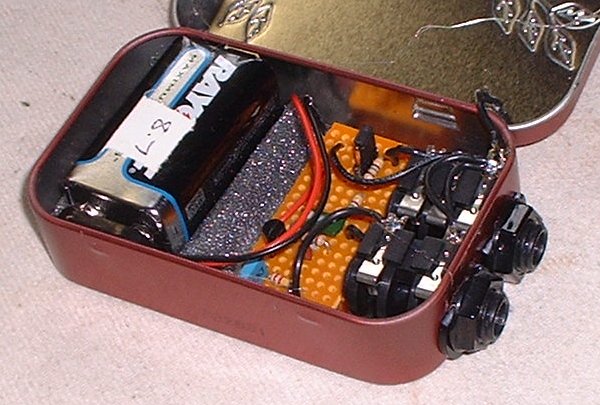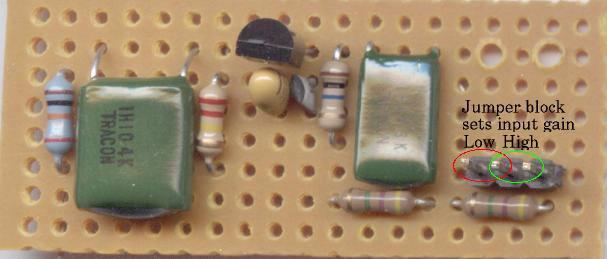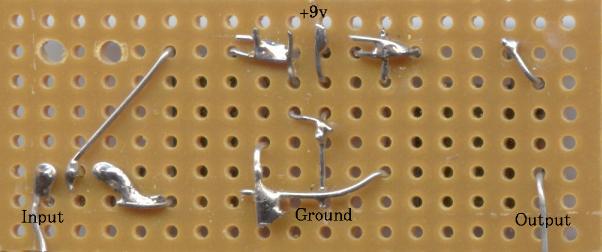

Piezo pickups are definitely useful, but they have one really serious problem: Impedance matching. Having an impedance mismatch is like having your car in the wrong gear, and piezos really need to see a very high input impedance to sound good. If a piezo has to drive a low impedance the sound will lose a lot of low end and also sound bad in the mids and highs. There are a variety of good "acoustic" preamps available to help with this, including built-in electronics and floor units. Trouble is, they're expensive and usually include EQ and effects you may not need. Not all piezo pickups need this kind of buffer, but I've run across a decent number that do.
Often enough I've done sound for musicians with just this problem, so I finally ended up building a few very simple, very cheap buffer boxes that I could carry in my bag and even sell cheaply if a musician wanted to have one. It runs off a 9 volt battery, uses a single FET (field effect transistor) and a few other parts, and can be mounted inside one of those little tin mint boxes.

Changes: The 20pF capacitor is now 1pF - really just a tiny little value to shunt RF to ground.
For the FET I use a 2N5457, which is a fairly common part. It's the same FET used in the Scott Hampton "J-FET Mic Preamp" kit. The resistors can be 1/8 or 1/4 watt. The input and output capacitors (0.033uF and 0.1uF) should be something good for audio - I use metallized polyester caps. The 20pF capacitor can be just a ceramic disc. The 4.7uF capacitor can be tantalum or electrolytic, doesn't have to be anything fancy.
Courtesy of Lorenzo Neri: If you can't find the 2N5457, a BF245C can be used with the following changes:
R=220K, change to 150 ohms
R=10M, could be increased to 22M.
I'm not going to write too much about the construction, other than to give a few tips.


Here I've flipped the component scan over and superimposed it with the bottom. Hopefully this shows the layout more easily.

| 512-2N5457 | 2N5457 |
| 140-PF1H303K | 0.033uF polyester |
| 140-PF1H104K | 0.1uF polyester |
| 74-199D10V4.7A | 4.7uF tantalum |
| 140-50N5-200J | 20pF ceramic |
| 291-4.7M | 4M7 resistor |
| 291-10M | 10M resistor |
| 291-220K | 220K resistor |
| 291-10K | 10K resistor |
| 502-112B | Stereo jack |
| 123-5006-GR | 9v battery snap |
Many thanks to:
Walter Harley for providing the original
circuit and helping me tweak it for my upright bass pickup a few years ago.
Dave Latchaw for providing
a wealth of DIY microphone inspiration including the use of mint boxes for
prototyping.
